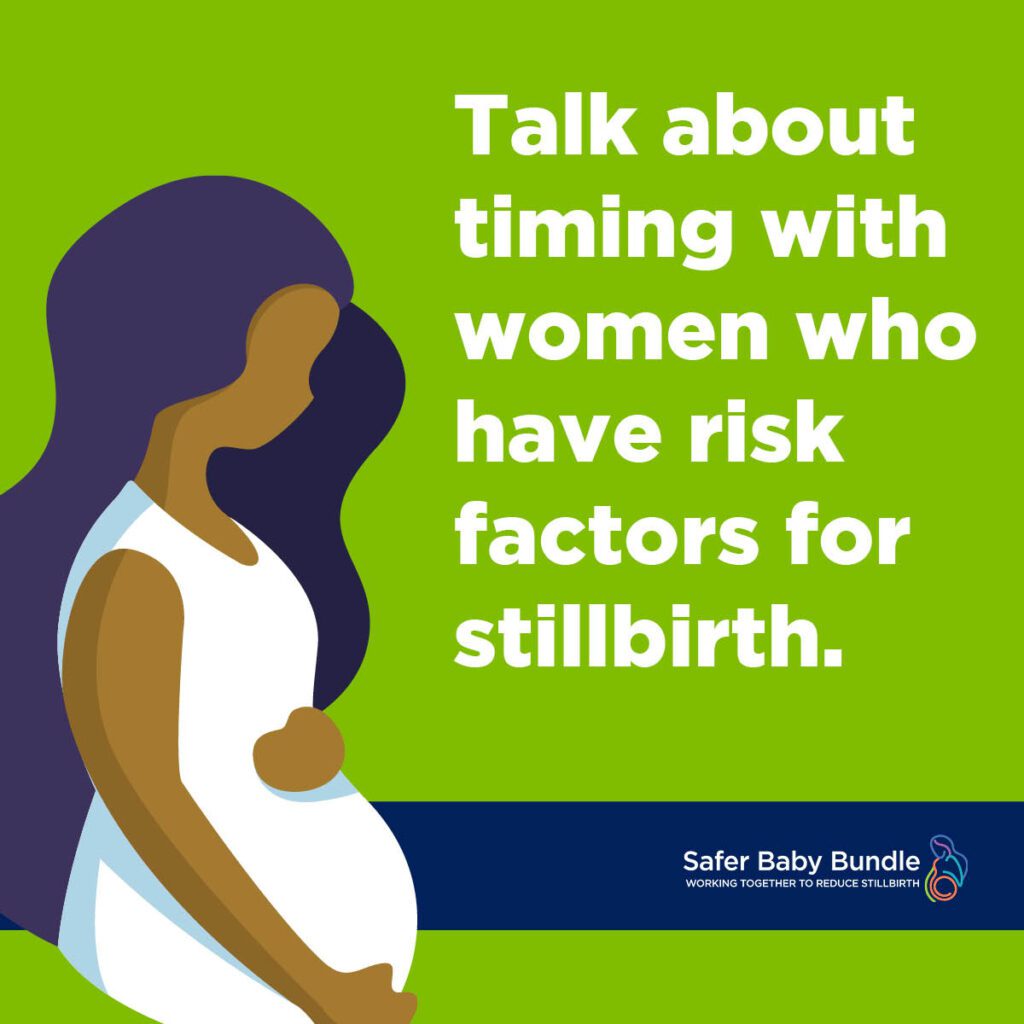
Your baby continues to grow and develop right up to 39 to 40 weeks. Through research we’re discovering that every week your baby continues to grow inside you makes a difference to their short and long term health and developmental outcomes.
When possible, for pregnancies without complications, being born as close as possible to your due date and waiting for labour to start on its own is usually best for you and the development of your baby.
In some cases it may be safer to have a planned birth before your due date. A planned birth is when a woman gives birth to her baby at a specific time, and this could be by an induction of labour or less commonly a caesarean section. Sometimes babies need to be born earlier to reduce the chance of complications, especially if you or your baby are unwell or have conditions that increase your chance of stillbirth.
Deciding whether you should have a planned birth or wait for your baby to be born is not always easy. Your midwife or doctor will discuss benefits and risks of both options with you, answer your questions and support you in reaching the best decision.
The chance of stillbirth and other major complications is generally very low. Your midwife or doctor will explain your chance of stillbirth and discuss with you options for the timing of your baby’s birth, and if you or your baby need closer monitoring.
Important things to remember throughout pregnancy to keep you and your baby safe: